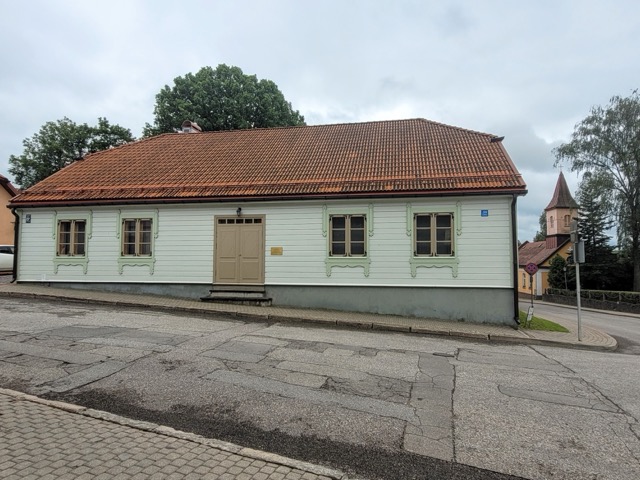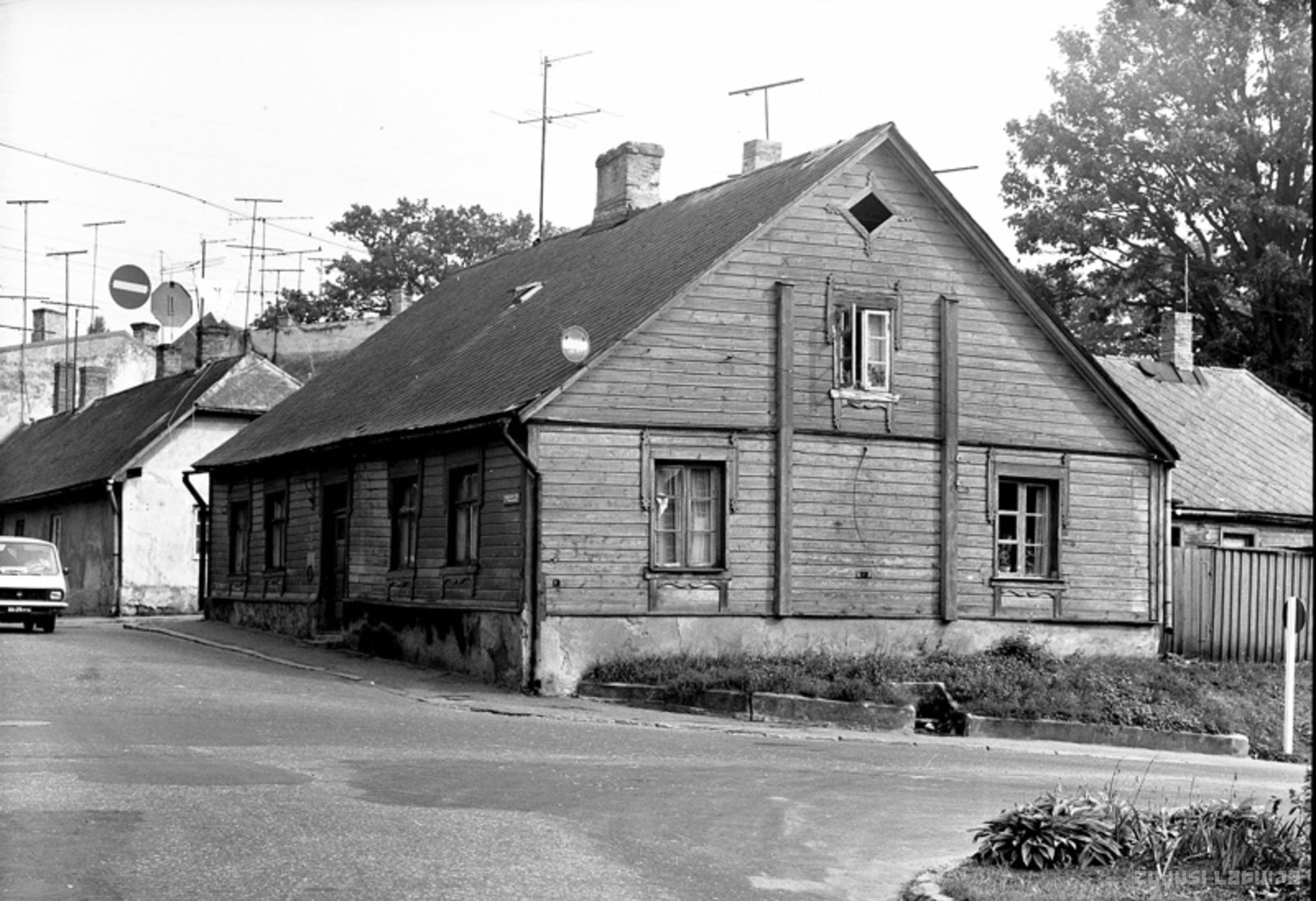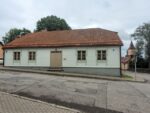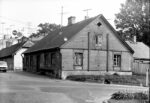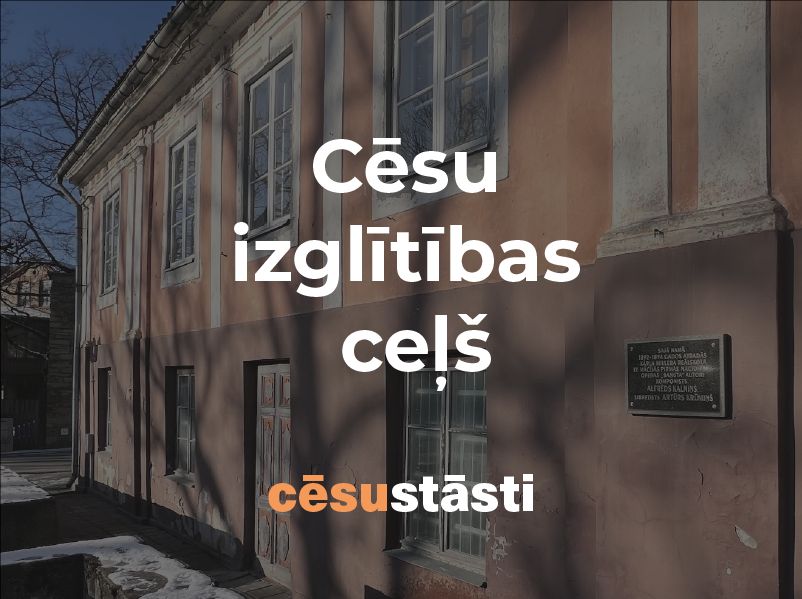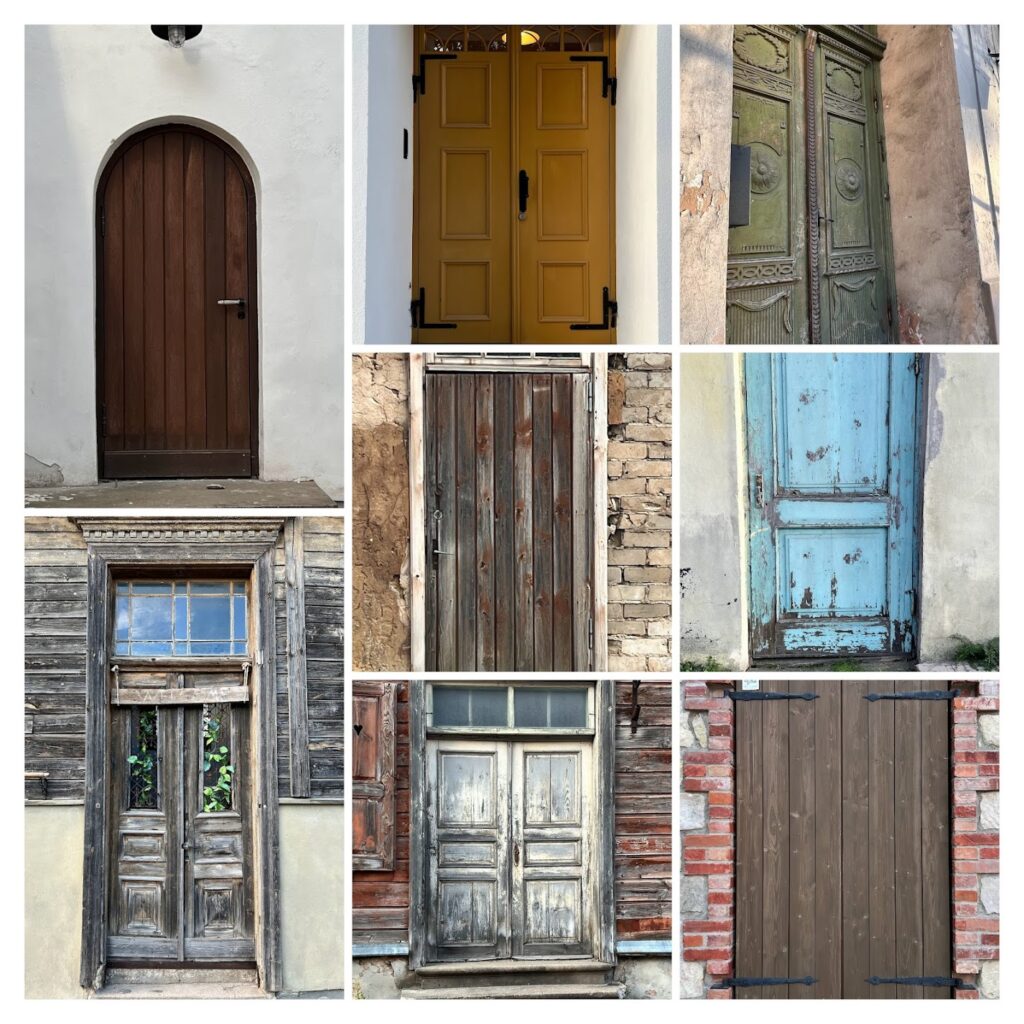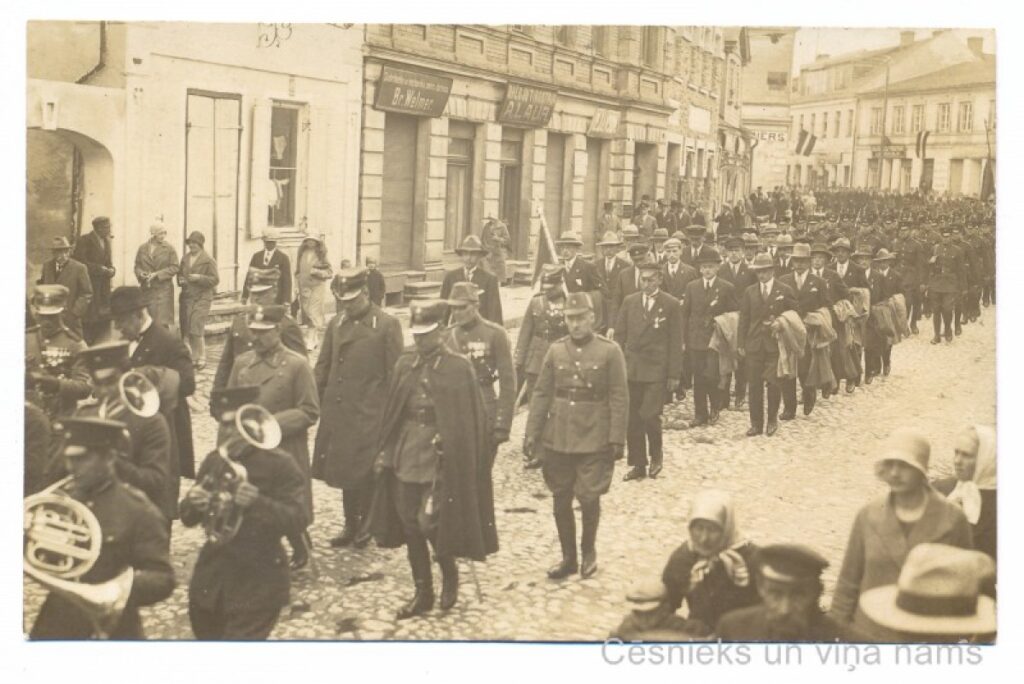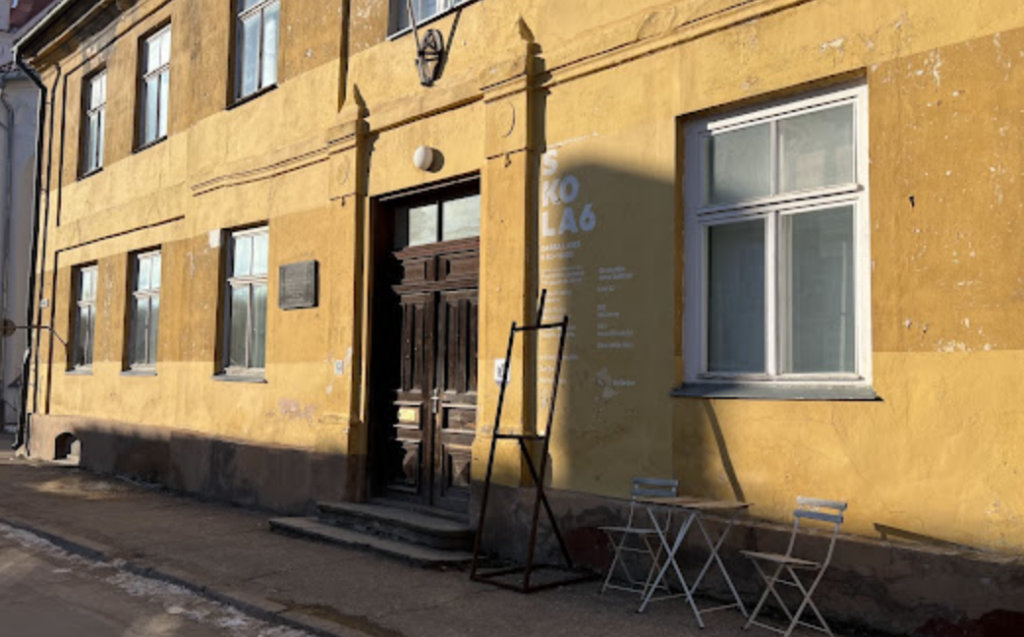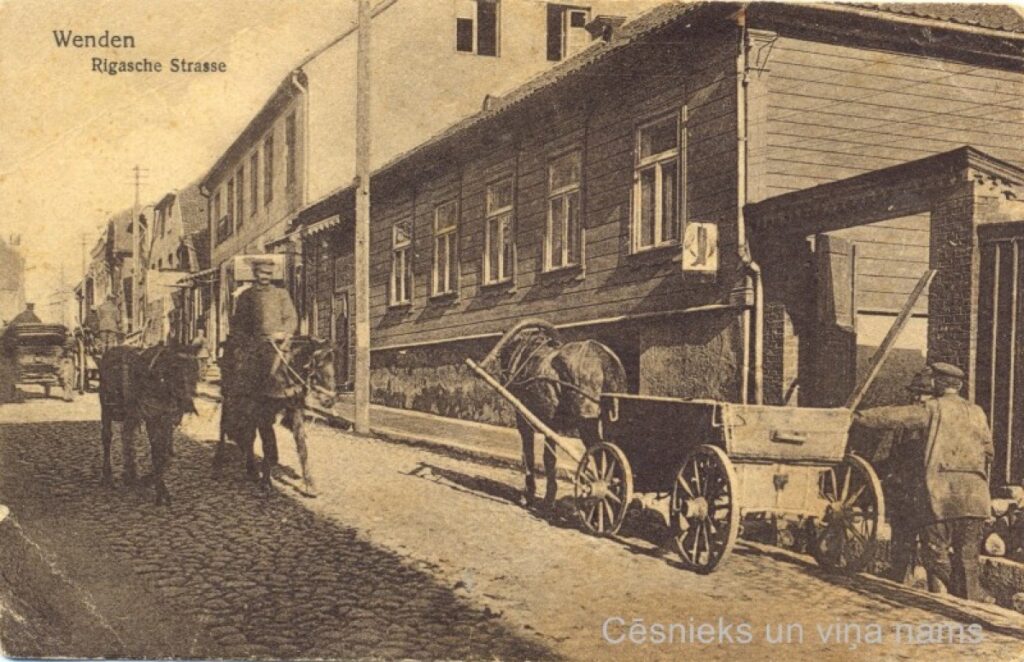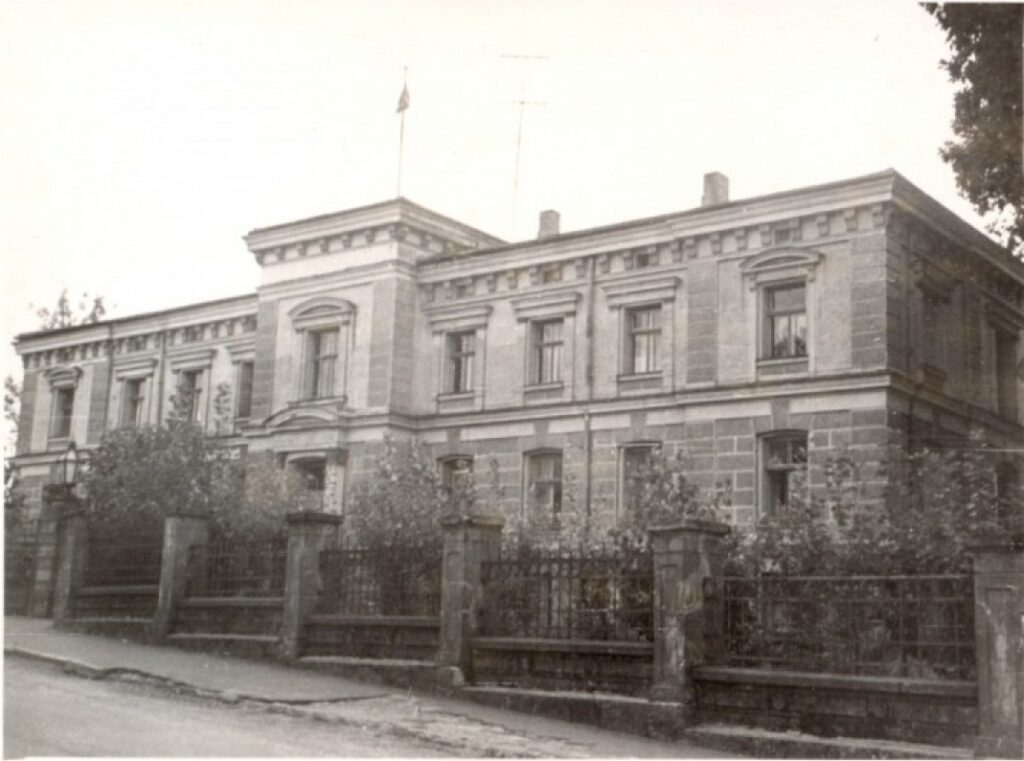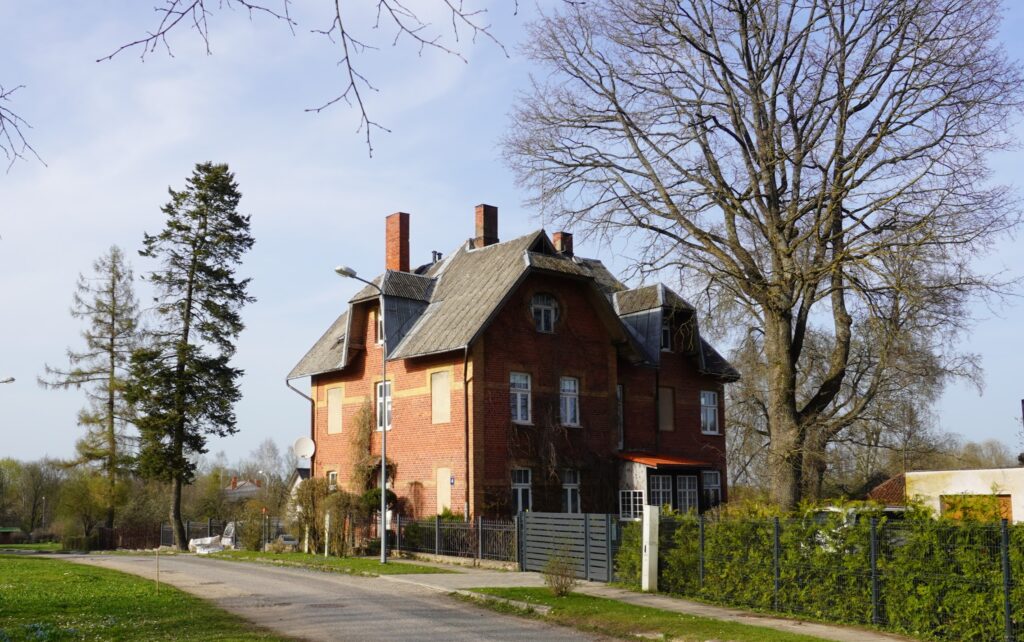The journey through Cēsis medical history begins at 27 L. Katrīnas Street, where the town’s first known hospital once stood. This humble wooden building, consecrated on July 4, 1762, initially served as a simple medical aid station with one doctor and room for just ten patients. Its main purpose was to isolate residents affected by infectious diseases at a time when medical science was still developing.
1847. 1847 brought a significant turning point, as two permanent doctors began working in the town, improving medical care access for Cēsis residents. Regarding the hospital, Dr. Adolfi reported to the medical board that the rooms were small, cold, and there were no office or operation rooms. The hospital apparently had only two instruments – a tube and “horns” (cupping glasses). Autopsies were performed outdoors in the open air.
The building served as a hospital until 1881, when a new hospital building was constructed at 16 Bērzaines Street under the supervision of builder Pēteris Pētersons.
Unfortunately, the old wooden building that had become the cradle of Cēsis medicine met a tragic fate, burning down in 1983. However, the historical significance of the site wasn’t forgotten, and in 2004, a new building was constructed in its place, becoming a religious meeting hall. Beneath this area lies another historical secret – the town’s medieval wall remains, which still lie underground, silently preserving ancient evidence of Cēsis’ past.
The hospital operated in this building until 1881, when the medical facility was relocated to the newly built building at 16/18 Bērzaines Street, marking a new phase in the development of healthcare in Cēsis.

